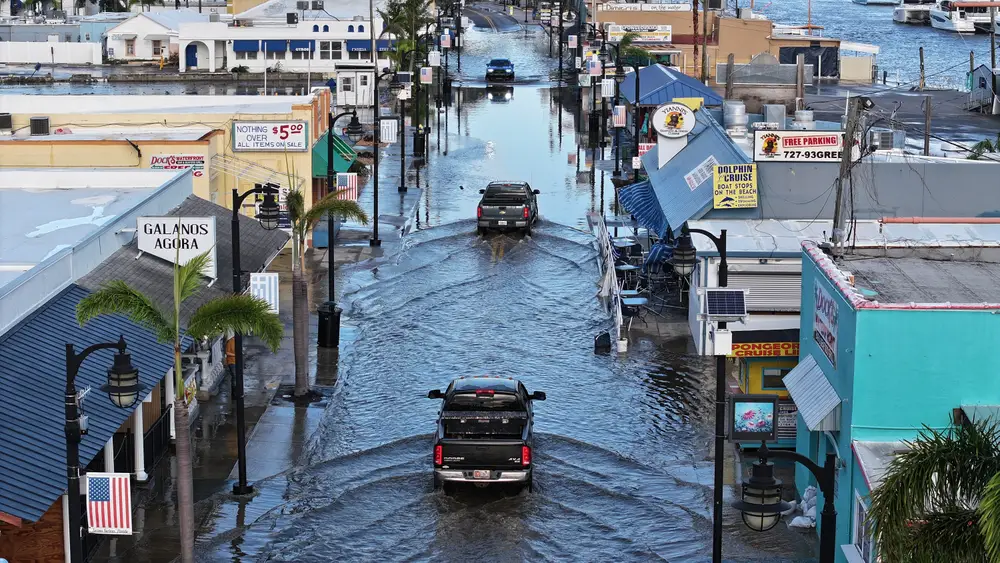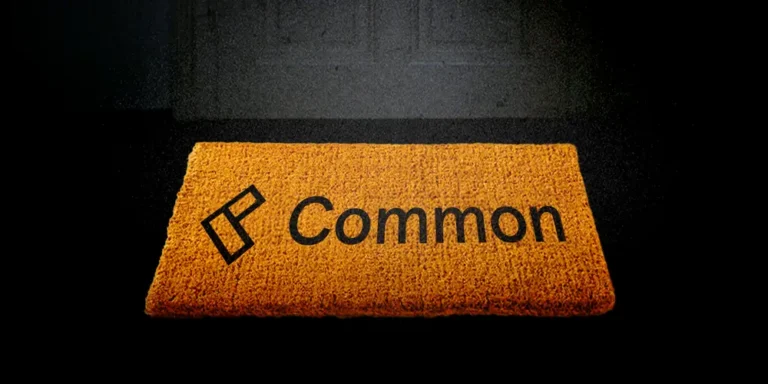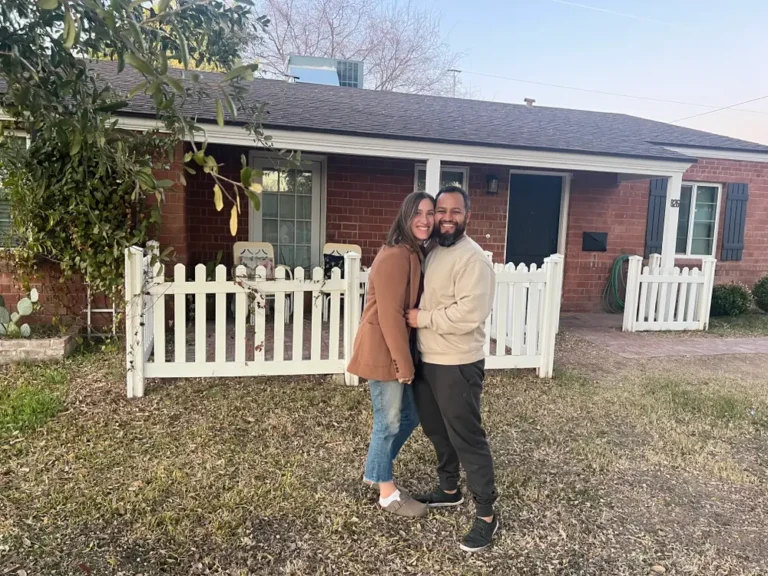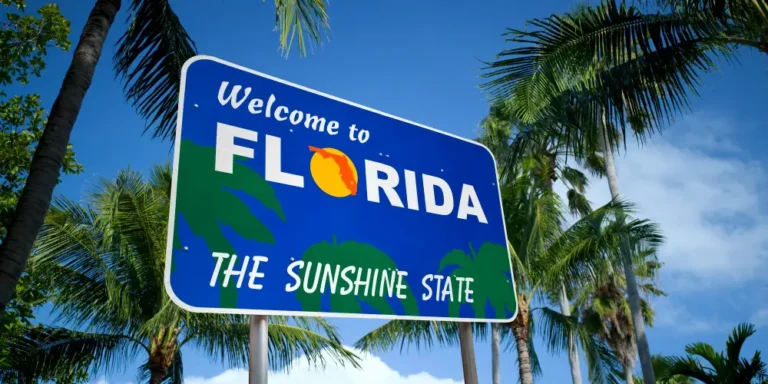Florida homeowners still face an insurance crisis in the wake of Hurricane Helene

Hurricane Helene caused flooding in Tarpon Springs, Florida, near Tampa.
Hurricane Helene, which the National Hurricane Center called “extremely dangerous,” made landfall in Florida as a Category 4 hurricane Thursday night but has since been downgraded to a tropical storm, NBC News reported.
According to USA Today, there have been at least 30 deaths reported in Florida, Georgia, South Carolina, and North Carolina as of 3:45 p.m. Eastern time on Friday.
About 950,000 million Floridians, 1 million Georgians, 1.2 million South Carolinians, and 750,000 North Carolinians were without power as of midday Friday, according to utilities-tracking website poweroutage.us.
While southeastern states are being hard hit on Friday afternoon, the damage and death toll in Florida is — so far — less than many feared. But the storm calls into focus an already difficult part of living in Florida: home insurance.
As natural disasters become more commonplace due to the climate crisis, home insurance has become a major pain for residents in states like hurricane-prone Florida and wildfire-plagued California.
Florida was the fastest-growing state in 2022, according to Census population data, but some residents have since started souring on the Sunshine State, in part because of rising prices — including increasingly expensive insurance premiums.
The typical Florida household paid over $10,000 for home insurance in 2023, according to data from Insurify, and property insurance costs are rising at the fastest rate in 20 years, according to Capital Economics.
Multiple home insurance providers have left the state entirely, and longtime Floridians have started to get priced out of coastal towns.
The extreme weather patterns are driving some to relocate to the center of the state — or even out of state — in an effort to avoid storms and the insurance premiums they drive up.
John and Natalia moved to Dell Prairie, Wisconsin, from Plantation, Florida, just west of Fort Lauderdale, when their home insurance doubled to $12,000 a year after they replaced their roof.
“Before the roof, we paid about $6,000 for our insurance premium,” John told B-17 in 2023.
“But our premium still doubled from the year before,” Natalia added. “Before we left, we were paying $12,000 for insurance.”
Helene comes just one year after Hurricane Idalia sparked massive damage across Florida’s panhandle. Hurricanes today are stronger, slower, and wetter because of rising temperatures.
The high cost of home insurance sometimes prompts people to go without it.
According to an analysis of US Census data by NBC News, around 18% of homeowners in Florida are without home insurance.
In some of the more populous counties in Florida, like Miami-Dade County and Broward County, 24.6% and 21.7% of homeowners, respectively, don’t have insurance. In Leon County, where Tallahassee, the capital, is located, 13.8% of homeowners are without insurance — but there are about 460,000 fewer homeowners there than in Miami-Dade County.
The amount of damage a storm causes typically affects insurance premiums. The more damage, the more likely premiums will rise at renewal.
Insurance Business reported on Friday that if Helene made landfall near Tallahassee, insurers could lose up to $15 billion. (While it did make landfall in the area, local news reported Friday that Florida’s capital did not suffer a direct hit.)
The Florida Office of Insurance Regulation estimated Hurricane Idalia — which made landfall in Florida as a Category 4 in 2023 — totaled more than $309.5 million in losses.
Helene, which mostly affected the northwestern part of Florida, may end up causing less damage than feared because there are fewer people in the panhandle.
“This looks like it will not be a large loss event for Florida insurers,” Mark Friedlander, a spokesperson for the Insurance Information Institute, an insurance information organization, told the Tampa Bay Times.






